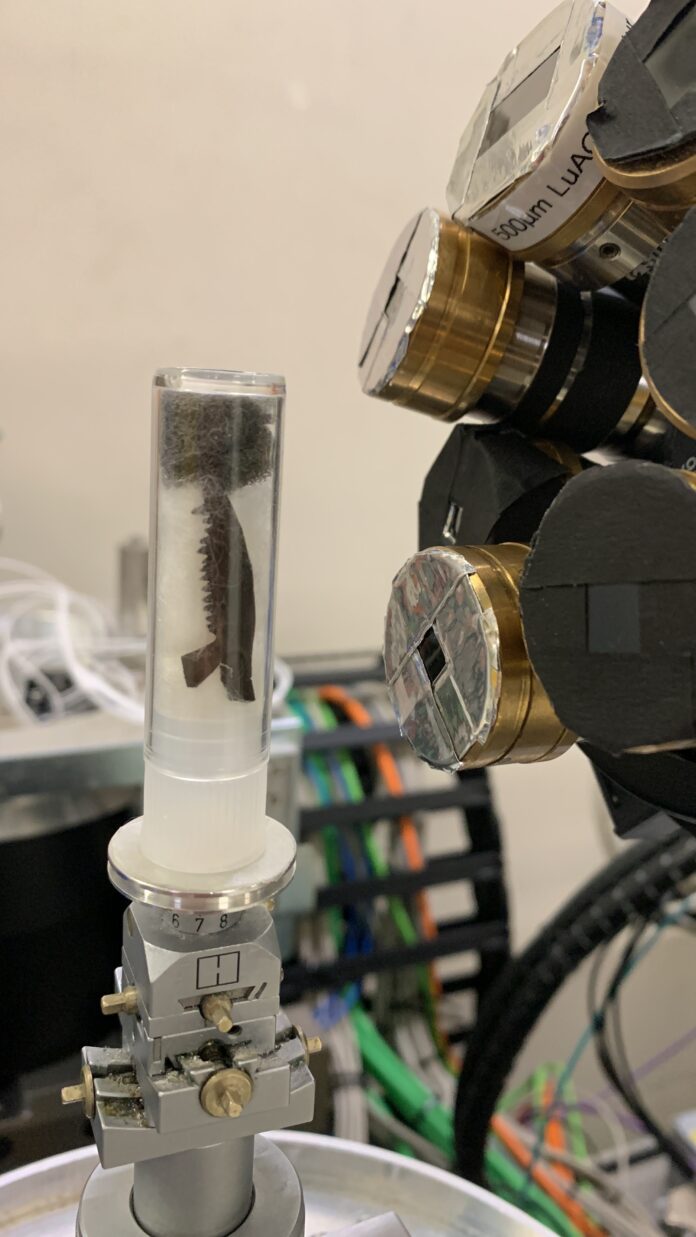Most grade school kids know that they can count tree rings to learn how long they lived. Biologists and forensic scientists count cementum rings (these microscopic structures encircle a tooth’s root and vary in shade and thickness by season) in teeth for the same reason.
Now, scientists have adapted the technique — but with high-powered X-ray imaging technology — and applied it to fossils hundreds of millions of years old. This method not only can pinpoint how long the fossilized creature lived, but also sheds some light on how they grew and developed, according to a report in Science Advances.
Revolutionizing Fossil Analysis with X-Ray Imaging
The concept arose almost by chance when Ian Corfe was probing shrew teeth at the European Synchrotron Radiation Facility in France (synchrotrons are high-powered instruments that use X-ray beams).
His former supervisor Pam Gill had been studying mammaliaforms — tiny creatures that represent an evolutionary link between mammals and their earlier ancestors — for decades. Gill wondered if synchrotrons could see the rings in ancient fossil teeth. So Corfe took a small sample to the synchrotron, and at 4 a.m., squeezed in (synchrotron time is in high demand and must be reserved months or more in advance) a scan of the sample from the early Jurassic mammaliaform Morganucodon.
“To his surprise, these increments appeared to be preserved after nearly 200 million years!” says Elis Newham, co-lead of the paper alongside Pam Gill and now a research fellow at Queen Mary University in London and the University of Bonn in Germany.
Read More: Did Prehistoric Mammals Live With Dinosaurs, and What Were They Like?
Developmental Patterns in Fossil Teeth
Corfe reported the data back to Gill, who by then was also supervising Newham’s graduate work. They then studied the potential of applying the technique to other fossils. They were particularly interested in not just determining what the number cementum rings said about a creature’s longevity, but about what tales the teeth could tell about developmental patterns and life histories as well.
Gill booked some synchrotron time for Newham and carried on the work initiated by Corfe’s earlier effort.
“The exciting results of this experiment provided the ground work to start my Ph.D. project and we haven’t stopped scanning since!” says Newham.
Read More: Fossils Help Explain Mammaliaform Evolution from the Jurassic Period
Evolutionary Insights from Mammalian Teeth
Those subsequent scannings revealed some interesting information about early mammals. Their main findings showed that early mammals — based on the size of and gaps between the cementum rings — enjoyed relatively long lifespans.
The earliest “true” mammals (not mammaliaforms) like modern mammals, grew relatively rapidly as juveniles, but slowed at puberty. However, this slow-down happened much later in life than comparably sized (think shrew-to-rat sized) mammals alive today. As this period corresponds to the same life stage that many living mammals become sexually mature, this finding suggests that the earliest mammals were also taking longer to become sexually mature than small-bodied living mammals.
“This challenges previously held assumptions about the life histories of early mammals,” says Newham. “As they had already developed several traits that we associate with living mammals (single replacement of teeth, fur, the mammalian middle ear), it was assumed that early mammals would also have lived like living small mammals. We have shown that this wasn’t the case.”
Read More: Established Science Is Wrong About Mammalian Evolution, Study Claims
Article Sources
Our writers at Discovermagazine.com use peer-reviewed studies and high-quality sources for our articles, and our editors review for scientific accuracy and editorial standards. Review the sources used below for this article:
Before joining Discover Magazine, Paul Smaglik spent over 20 years as a science journalist, specializing in U.S. life science policy and global scientific career issues. He began his career in newspapers, but switched to scientific magazines. His work has appeared in publications including Science News, Science, Nature, and Scientific American.
Source : Discovermagazine












